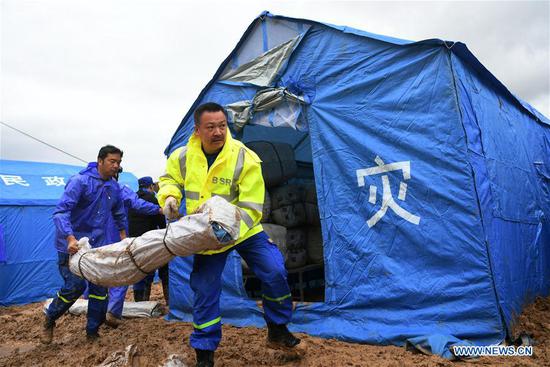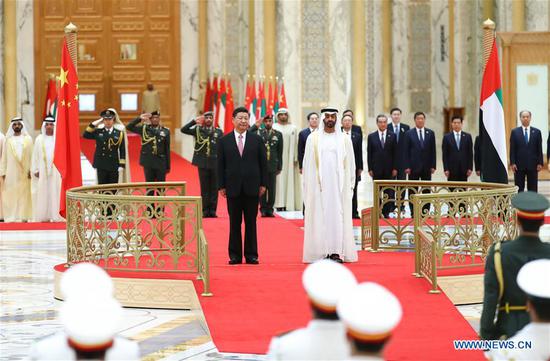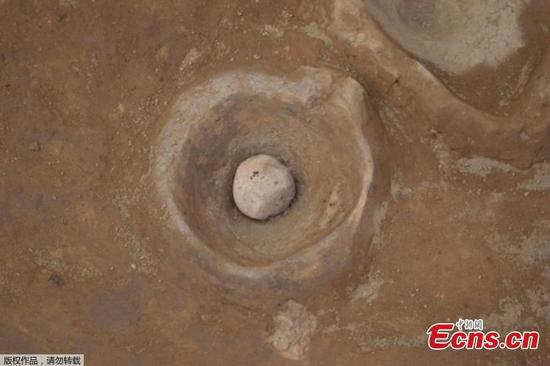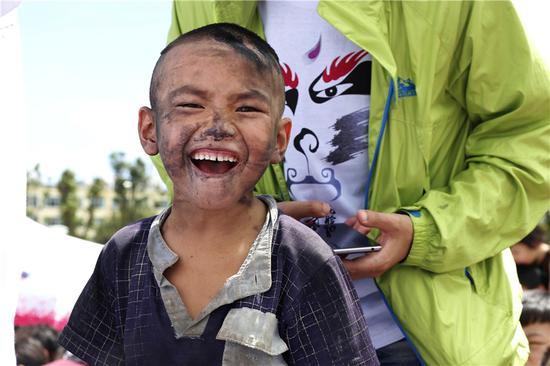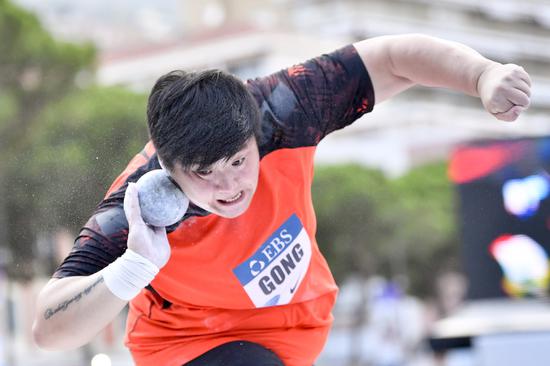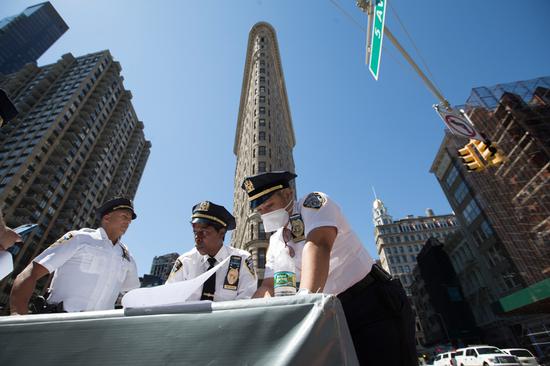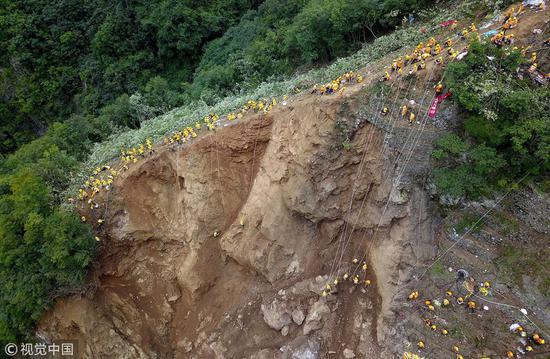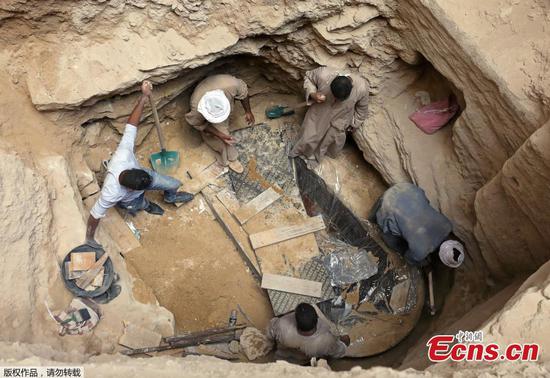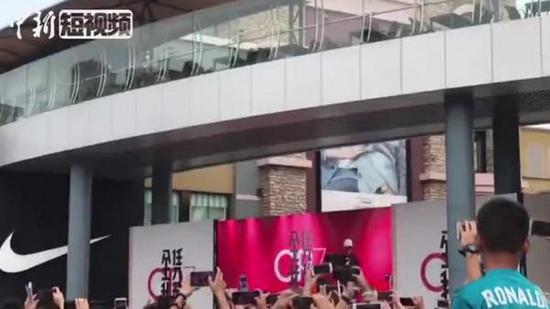July 20 marks the 45th anniversary of the passing of movie star Bruce Lee, who had one of the most remarkable careers in Hollywood history.
Bruce Lee, known as "Li Xiaolong" in Chinese, was born Lee Jung-fan in San Francisco, where his father was acting with the Cantonese Opera Company.
The family later returned to Hong Kong and Lee began appearing in films at the age of six. He started out with practical street-fighting skills and later drew on the traditional Chinese martial art of "Wing Chun" as well as Western boxing and fencing techniques to create his system, which he named "Jeet Kune Do."
At the time of his death in 1973, Lee was the most popular actor in Asia, having had international hits with "The Big Boss," "Fist of Fury," "The Way of the Dragon" and "Enter the Dragon." He was just 32.
'Fist of Fury'
"Fist of Fury", also known as "The Chinese Connection," is a 1972 China's Hong Kong martial arts film directed by Lo Wei.
Bruce Lee plays Chen Zhen, a student of Huo Yuanjia, who fights to defend the honor of the Chinese in the face of foreign aggression and to bring to justice those responsible for his master's death.
"Before 'Fist of Fury,' most of the martial arts films in Hong Kong failed to show the essence of real martial arts. On the contrary, Bruce Lee portrayed real Kung Fu, but also showed strong and clean martial arts scenes,” according to a film review from Sina.
'The Way of the Dragon'
Released in Hong Kong in 1972, "The Way of the Dragon" was also written, produced and directed by Bruce Lee. His co-stars were Nora Miao, Chuck Norris and Robert Wall.
In "The Way of the Dragon," Bruce Lee acts "Tang Long" in Chinese, which can be understood as "Chinese Dragon." It's a story about a man from a rural area in Hong Kong who visits his relatives at their restaurant in Rome and has to help them fight against harassment by brutal local gangsters.
In this film, Bruce continued to show his breathtaking nunchakus skill and his "Jeet Kune Do," expressing his theory on kung fu that the real fight should be without any style as Bruce Lee himself didn't believe there was something like a Japanese or Chinese way of fighting.
The only thing in a real fight was to express oneself totally via movements, which have influenced martial arts in the world for decades.
The last part of the film shows Bruce Lee fighting against the final enemy acted by Chuck Norris, a karate champion in the US, in the Roman Colosseum. This part has been regarded as the authentic teaching material of Bruce Lee's kung fu since the film was released.
'Game of Death'
In fact, the "Game of Death" is an incomplete 1972 Hong Kong martial arts film directed, written, produced by and starring Bruce Lee in his final film.
After Lee's death, Robert Clouse, director of "Enter the Dragon," was enlisted to finish the film using two stand-ins. Korean martial arts star Tang Long, formerly known as Kim Tae-Joong, was a stand-in for Bruce Lee, since Tang's side face and back are very similar to those of Lee's.
There is no front view of Tang in the film, which is cut from the unfinished "Game of Death," but the final fight in this film is the second half of Lee's film in October 1972.
"Game of Death" was released in 1978, five years after Lee's death.
'Enter The Dragon'
Enter the Dragon is a 1973 Hong Kong-American martial arts action film, directed by Robert Clouse and starring Bruce Lee, John Saxon, and Jim Kelly.
Except for the gorgeous martial arts fighting scenes, the film's themes have also generated scholarly debate about how they reflect the changes taking place within post-colonial Asian societies following the end of World War II.
This was Bruce Lee's final film appearance before his death on July 20, 1973, at age 32.
Bruce Lee's life can't be summed up in just four films, but his obsession with martial arts and his contributions to traditional Chinese culture have been made known to more people through his flicks.











